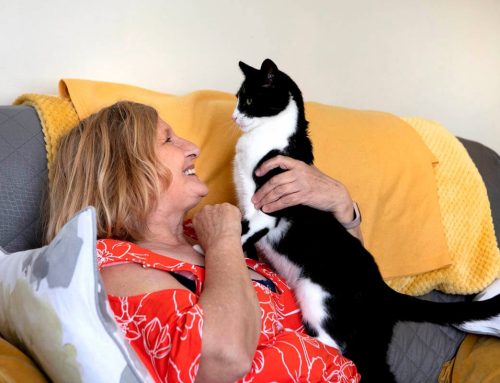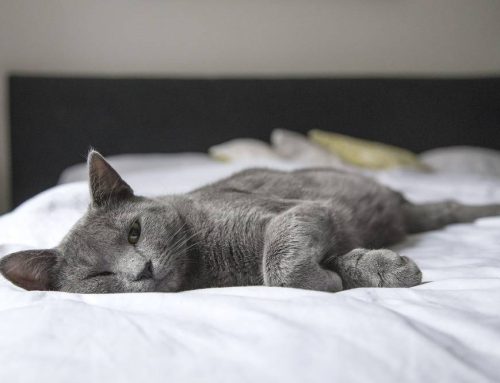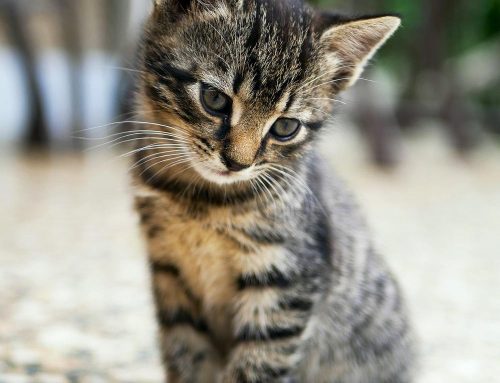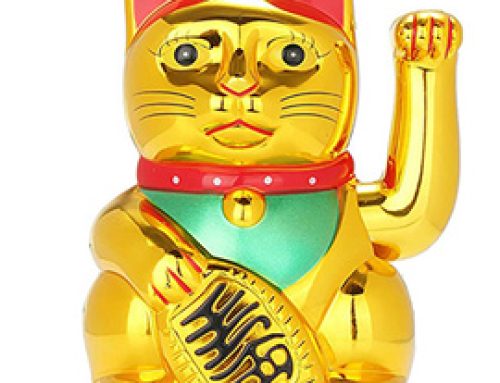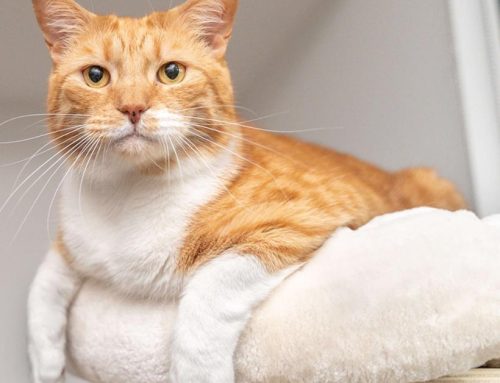Unwelcome as it seems to us, cats use their urine to send messages – to
themselves, other cats, and us. Except we are not always very good at
‘reading’ the message and are more likely to get cross with the cat when we
find the pee-mail message left on the bench or beside the door.
Cats who ‘internalise’ their emotions often end up with cystitis – an extreme
bladder irritation that causes them to try to urinate every few minutes, and
also often ends up with them peeing blood. VERY unhappy bladder and
cat. Younger cats are usually responding to a social frustration while older
cats (especially females over 8 years old) usually have a bacterial component
and even bladder polyps.
Remember – peeing on your clothes or furniture is not a moral statement by
your cat – it is not revenge (BUT it is sometimes disappointment!). Cats are,
of course, amoral. However, they have very specific social and emotional
constructs – and they use their urine as an ‘aide memoire’ or a message to
‘other’ – you, your family or another cat. We are breeding cats who want to
bond with people – burmese and ragdolls in particular – and then we expect
them to just hang around till we have time to give them attention. In one
study, the GREATEST STRESS for confined
cats was to randomise their interactions
with humans. Changing the person who
cleaned, the time they were fed, the order they
were fed in resulted in so much stress, that the study had to be
stopped after two weeks on welfare grounds. The corollary is that cats with
severe, chronic cystitis, once put into a regulated and enriched environment
had no more symptoms of cystitis. Save yourself vet fees and drugs costs –
consistency is better than medication.
So if your cat is pee-mailing you, call Dr Kim and get the message
interpreted! For the basics though, this is a reprint of an article Dr Kim did in
2002 ! Cats haven’t changed much!
This is really breaking the unwritten rule of cat ownership, and is very distressing for everyone. It is also a very
common cause of euthanasia or abandonment of catas, so is a problem to be taken very seriously.
An understanding of cat communication is essential – they are VERY SMELL
ORIENTED. Cats use urine and faeces to post messages for other cats (and
their humans, whom they do actually regard as being slightly incompetent
cats, according to some research). Cat urine, especially, always gets attention,
and if you compare it to people – some people have loud voices or shout
when they want their opinion noticed, cats use urine to try to tell us about
their problems and some have stronger urine than others. Also, cat urine is
designed to stick on a tree in all weather for 3 weeks – and really does smell
worse once outside the body! A key point here is that if a cat pees or poops
on your bed, it’s because they love you (usually), so take it as a compliment
(!) but then move on to establishing behaviour that you can live with. The
sooner the problem is addressed the better, because once there is a learned
component to the behaviour, and it becomes ingrained, it is a habit and is
much harder to break the cycle.
The other comparison that we make, is that where humans get ‘stress
headaches’ or migraines, cats ‘stress organ’ is the bladder. If a cat can’t get its
message across with subtleties of body language and ‘timeshare’ agreements
– especially with other cats, but also with new or young humans – then the
next level of communication is usually with urine. Humans cannot ignore the
smell of cat pee, but unfortunately the attention it draws is usually of the
unpleasant, punishment kind. When a cat can’t pee where it wants to – often
because another cat has taken over its patch of the garden, or even the
house, then many cats (up to 10 percent of males and 5 percent of females)
will start peeing or even spraying in the house in a desperate bid to defend
their ‘core territory’. They will even pass blood in their urine as the bladder
spasms in anxiety. Once the bladder wall is damaged, the urine itself irritates
the bladder lining and the problem becomes ‘set in’ or chronic. The cats most
prone to cystitis and spraying are at the two ends of the behaviour scale – the
nervous Nellie who can’t make their wishes known any other way, and the
very outgoing cat with a big territory to patrol. The ‘ordinary’ cat between
these two usually just accepts its lot, but any cat can be stressed enough to
make it spray.
Treatment options are many and varied, and although it is preferable to
reduce or eliminate the causes whenever possible, unfortunately it is not
always possible to identify or do anything about them, and often there is
more than one cause. In this case, medical intervention is required.
Prevent other cats entering – Strange cats can be kept out by fitting the
resident with a magnetic collar with activates the lock on their cat door or
there are even microchip activated cat flaps now! Otherwise, block off the
cat flap and let your cat in and out by hand.
Keep Litter Clean – It is always a good idea to keep litter scrupulously clean,
and often an extra litter tray is all that is required, so your cat does not have
to ‘expose’ themselves in the garden and aggravate their more territorial
The Cat isn’t using the Litter Tray! HELP!
neighbour. Faeces should be removed immediately it is seen or smelt, and
to completely replace the litter once a day for the very fussy cat. There are
many types of litter available, from very fine gravel-type (the one about 50
percent of cats have a preference for), through several types of clumping
and biodegradable types. There is a ‘crystal’ type litter made of sand which
absorbs urine immediately – as cats evolved in the desert, this seems to be
the best way to go. Be aware that a lot of cats do NOT like the ‘deodorised’
type as it is designed for our noses not theirs.
Provide a Covered Litter Tray – Some cats want complete privacy for their
toilette – you can try a cardboard box over the top of the tray with
a door cut in it. Be aware that this makes it more difficult
to see and smell waste products, and the smell can build
up enough to repel the cat. Charcoal filtered covers are
available.
Clean soiled areas – For your own residential enjoyment you
will probably wish to remove the sight and smell of the
deposits. Removal of the odour is particularly
important when soiling is done repeatedly in the
same place. There are several very effective
products available at from Dr Kim Cat Vet.
It can, however, be up to four weeks to
actually have the smell disappear for the cat –
remember their noses are more sensitive than
ours, and their urine is designed to ‘hang around’ as a message centre. NEVER
USE DISINFECTANTS (especially ammonia-based ones), as it then smells like
a tiger has come and peed in their house and it upsets cats even more. The
same problem arises during renovations – apparently a lot of solvents used in
building and painting smell like tiger pee – and yet the tiger is never seen for
the cat to be able to appease it!
Provide extra litter trays – Put litter trays over repeatedly soiled areas. Once
there is consistent use, you can merge them into one tray, and
move it (very slowly, 5 cm at a time sometimes) to where you
want the tray. You may need one tray per cat plus one extra in
multicat households. Also place trays in secure, private places
away from food and foot traffic (toilette time is very private)
‘Loss of housetraining’ is a serious problem. Cats never ‘make
mistakes’ when it comes to using the litter tray. There is always
a message for us, but because we can’t always really understand
their thoughts and motivations, we have to try to guess the
message or the problem. Trial and error is the only way
we can attempt this – it is not possible to ‘get it right’ first
time every time. However, consistency, observation and
perseverance will result in nearly every cat becoming a
pleasurable pet again.



